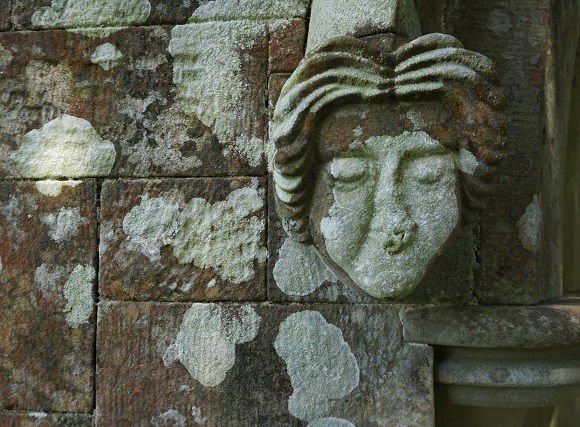Tremaen ( Tremain ) came to us in December 2013. At first sight you might ask why. It doesn’t look particularly special. In fact it is of interest in many ways:
It was one of the very first churches in Ceredigion built according to the principles of the highly influential Ecclesiological Society, which preached the virtues of the Gothic style, deep chancels to concentrate attention on the altar and a prime location by the entrance into the interior for the font, where Baptism introduced people into the faith ( although the font is almost a millennium older than the building, being a 12th century survivor from a preceding building ).
The architect, John Jones ( 1810-69 ) has been described as Wales’ first trained architect. He started as a carpenter apprenticed to his father and worked for 3 years at Gwyrch Castle. After 13 more with Thomas Penson, he became clerk of works and draughtsman for (Sir) George Gilbert Scott, when he was in partnership with Moffat. Scott went on to design St Pancras Station Hotel, the Foreign Office and the Albert Memorial. Thereafter Jones transferred to Sir Joseph Paxton where he helped to design The Crystal Palace. When in the employ of the Rothschild family he was responsible for much of their Ferrieres mansion near Paris. It was while working on Scott’s church at Bingham in Notts that he came to the attention of Rev Robert Miles who commissioned him to rebuild the church at Tremaen, which he did between 1846 and 1848.
To many Jones is better known as the bard 'Talhaiarn'. By the age of 18, Jones was made President of the Eisteddfod. Talhaiarn's works included his own take on popular Welsh folk songs, such as 'Rhyfelgyrch Gwŷr Harlech' ('March of the Men of Harlech'), and his own lyrics, such as ‘Mae Robin yn swil’ ('Shy Robin'). He was also President of Cymdeithas y Cymreigyddion, a London-based Welsh cultural society.
Tragically, at the age of 59, pain and suffering from health conditions drove Jones to end his own life.
John Jones' portrait in the National Museum of Wales, reproduced in the slide show, shows a man with more than a touch of the Romantic poet.
The church is constructed in the highly distinctive Pwntan sandstone laid to perfectly cut edging and very attractive to spectacular lichen growth.
The interior is intact. All of Jones furnishings survive, including the screen which demarcates the Sunday School for the children in the single aisle. The splendid coronae or light fittings have never been electrified.
We are lucky enough to have a very active local group at the church which is helping to bring it back to life, now that the programme of repairs supervised by Frans Nicholas (contractors – Welsh Heritage Construction) has made it presentable again. We know that there is more work to done inside but there are always challenges at every Friends’ church.










